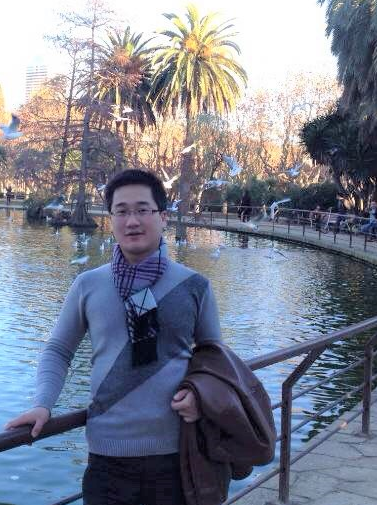designer nanoparticles as efficient nucleation agents in polymer foaming
Low density nanocellular polymer nanocomposite foams are considered as a promising new class of materials with many potential applications, for instance, in high performance thermal insulation. Nanoparticles in these foams act as energetically favorable heterogeneous nucleation sites. However, the currently reported cell nucleation efficiency in polymer nanocomposite foaming is very low, i.e. below 0.01. This results in foams with relatively low cell densities. In this thesis the design and synthesis of surface functionalized nanoparticles and their exploitation as highly efficient cell nucleation agents in CO2 assisted polymer nanocellular foaming is presented and discussed. PMMA was selected as the foam matrix polymer due to its reported potential for the fabrication of nanocellular foams with a high porosity. As a comparison, PS was used, as well. Decoration of silica nanoparticles with a diameter of 80 nm with a low surface energy and high CO2-philic thin polymer shell, e.g. PDMS, resulted in nucleation efficiencies of up to ~0.5. The low surface energy and relatively high CO2 sorption in the shell is favorable for heterogeneous nucleation and as a consequence these particles outperform every currently known nanoparticles as heterogeneous nucleation sites.

The influence of nanoparticle curvature on cell nucleation was studied, as well. The results show that nanoparticles with a diameter below 40 nm were less efficient as nucleation agents compared to particles with a diameter of 60 nm or larger. This is ascribed to the presence of a line tension at the three phase contact line of a nucleated bubble with the nanoparticle and viscoelastic polymer. The line tension contributes to a higher nucleation energy and thus renders these particles less efficient compared to their larger counter parts. This extra energy penalty is not considered in the classical nucleation theory and its adaptations. Experimentally the presence of a positive line tension was confirmed by the absence of the smallest nanoparticles (diameter < 40 nm) at the polymer cell wall gas phase interface, i.e. the particles were engulfed by the polymer. Particularly interesting is the fact that when the CO2 saturation pressure was increased from 55 bar to 300 bar, which resulted in an increase CO2 concentration in the PMMA matrix, 60 and 80 nanometer particles were also nearly completed engulfed. This is ascribed to an expected increase in the line tension length. As a consequence of this effect, in combination with an increased homogenous nucleation rate the heterogeneous nucleation efficiency was low.
Quasi 2D foaming mimicking experiments confirmed these results. More importantly it is demonstrated that the position of particles existing at the gas viscoelastic polymer interface is strongly size-dependent. The embedding of nanoparticles in CO2 swollen PMMA films exhibits a double transition upon reducing particle size, from adhesion to wetting and eventually to engulfment. Complete particle engulfment is observed for nanoparticles with a diameter of approximately 12 nm or less. These findings are explained quantitatively by a thermodynamic analysis, combining elasticity, capillary adhesion and line tension.
To further enhance the cell nucleation efficiency of nanoparticles, PDMS decorated core-shell nanoparticles with a rough surface were synthesized and exploited as nucleation agents in PMMA nanocellular foaming. With these particles we report for the first time that a cell nucleation efficiency of above 1 was achieved. The highest nucleation efficiency obtained was ~6.2, which is approximately 35 times higher compared to its pristine spherical and rough counterparts. The unusual high nucleation efficiency of these nanoparticles is ascribed to CO2 capillary condensation in the surface cavities combined with the known favorable nanocavity nucleation energy.
Overall, nanoparticles with specifically designed surfaces were synthesized and exploited as highly efficient nucleation agents in CO2 assisted nanocellular polymer foaming. The obtained fundamental insights into heterogeneous cell nucleation at the nanometer length scale offers a framework for the design of highly efficient nucleation agents in the relevant foam processing windows. Future work on these particles is expected to result in foams with a desired cell density and cell size, especially when these nanoparticles are combined with different polymer matrixes that allow i) a good foam cell nucleation and ii) vitrification of the foam matrix at a time scale fast enough so that cell coalescence is prevented.





